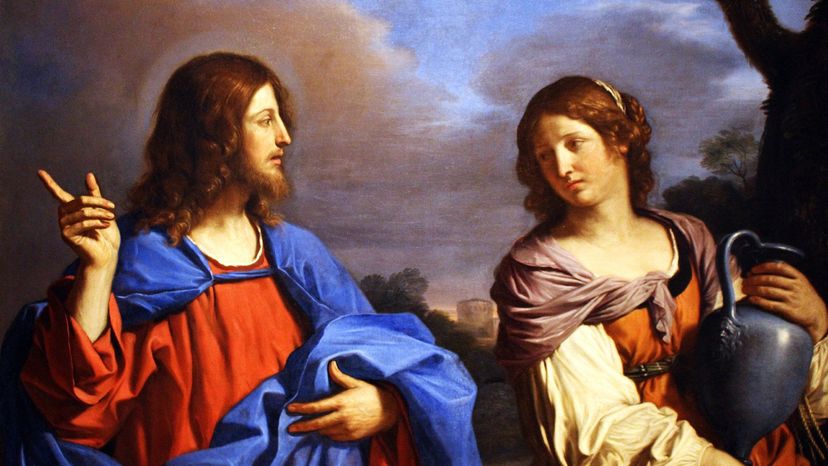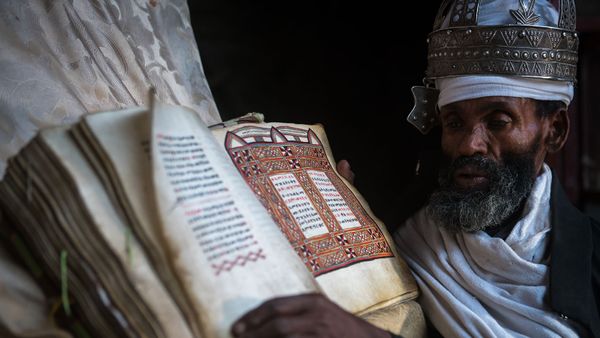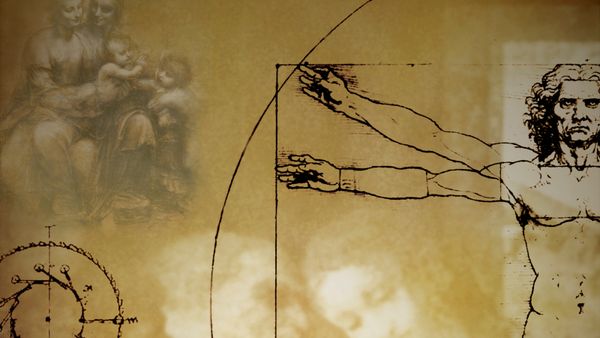
As the Christian world prepares for Easter, which celebrates the resurrection of Jesus three days after his crucifixion, Christians will read the various accounts of Easter morning found in the New Testament. In each of the four gospels, the first of Christ's closest followers to learn that Jesus had risen wasn't Peter, James or Simon, but Mary Magdalene.
In the first three Easter accounts — Matthew 28, Mark 16 and Luke 24 — Mary Magdalene visits Jesus' tomb with other women to clean and anoint his body, but they find it empty. An angel or angels tell them, "He has risen!" and instructs the women to go tell the rest of the disciples.
Advertisement
But the most remarkable account is found in John, the last of the gospels to be written. In this Easter story, told in John 20, Mary Magdalene not only finds an angel in the empty tomb, but is the first to see and speak with the resurrected Jesus himself.
So, who exactly was this woman called Mary Magdalene? The Bible tells us very little, but centuries of Christian teachings and popular imagination have recast her from the woman chosen to witness the greatest miracle in Christendom to a highly sexualized and controversial figure — from a repentant sinner to a reformed prostitute to even the romantic partner of Jesus Christ.
Advertisement



